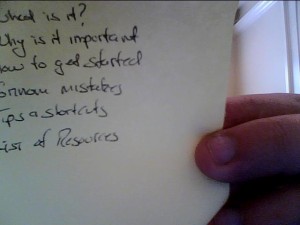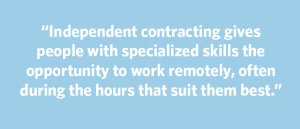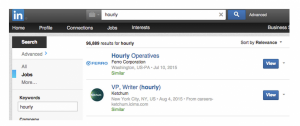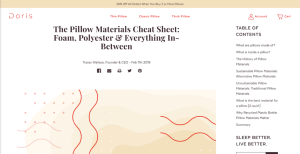
Creating engaging blog content on a recurring basis is a challenge all business owners and marketers face. Even if you spend hours crafting content that is grammatically correct, contains a powerful message and looks good on paper, none of the content will benefit your audience unless you get the framework right.
Though all companies face the grueling task of reaching their customers with engaging blog content, the only companies that succeed are those that are willing to do what it takes to connect with their customers and attempt to solve their problems and address their pain points. If you need help creating a winning framework for your blog posts, then the following information will be helpful to you.
How Do I Decide on the Framework for my Post?
Choosing the appropriate framework for your blog posts is just as important as selecting a sound headline or writing a strong introduction. Before you even attempt to begin writing your post you should always ask yourself “Why should I care?” To effectively answer that question requires you to put yourself in your customer’s shoes: ask yourself if your customers would accept or dismiss your article based on the material you’ve included.
There are a few ways to keep yourself focused on the important areas of your post. One of those ways is to write down a few questions that will make up the framework of the post. You should write these questions down on a piece of paper, a whiteboard or a notepad and keep it close to you while writing the post.
Here is an example of a few questions you might pose:
 What is the message I’m trying to convey to my audience?
What is the message I’m trying to convey to my audience?
- What is the “meat” of my article?
- Is what I have to say important to my readers?
- What is the best way to introduce this topic?
- What are the key take-aways I want my readers to understand?
- What resources can I include to make this article more powerful?
The questions I’ve included above will make for a great starting point as you research and prepare to write your blog content, but you don’t have to use this exact list of questions. If you have trouble coming up with questions that address the needs of your readers, try having a brief brainstorming meeting with employees from your company or someone that is familiar with your brand. Above all, make sure you have a goal in mind before you create your framework.
Bringing the Framework Together
Once you’ve set a clear goal for your post and you’ve compiled a decent list of questions, links and data, you’ll then create an outline for your post that includes detailed talking points you can refer to.
Typically you’ll want to follow a format like this:
Heading>Sub Heading(s)>Resources and Ideas.
Here’s an example:
Research>How To Find Popular Topics>Keyword Analysis, Influencer Posts, etc.
Once you begin developing the framework of the post, you’ll begin breaking up the post into sections that can be easily digested. Each section will ideally include your most important questions as well as answers to those questions. Each example should be short and descriptive, and the framework you create should clearly outline what material will be in the post.
A strong headline (and therefore a strong premise) is vital to getting readers to come check you out in the first place. And solid subheads keep the reader engaged, acting as “mini headlines” to keep them moving through the rest of your content. – Pamela Wilson, Copyblogger
Submitting a Framework for Approval
If you want to make the best use of your writers, make sure none of them create a lengthy piece of content without first submitting their framework for review. Even if you are the only one in the company that writes content, it’s still beneficial to have someone else look over the framework before you dive into the writing phase of the post. There is no reason for anyone (you included) to waste time on a post that doesn’t have a sound structure. After the framework is reviewed by a team of your choosing you can proceed to the content creation phase.
What’s Next?
No matter what your needs are, we hope you’ll come to us for help with your blogging efforts. We have plenty of free resources available on our website. If you want to receive our best tips and tricks, make sure you subscribe to our blog and we’ll send our best content your way.
Digital & Social Articles on Business 2 Community
(39)







